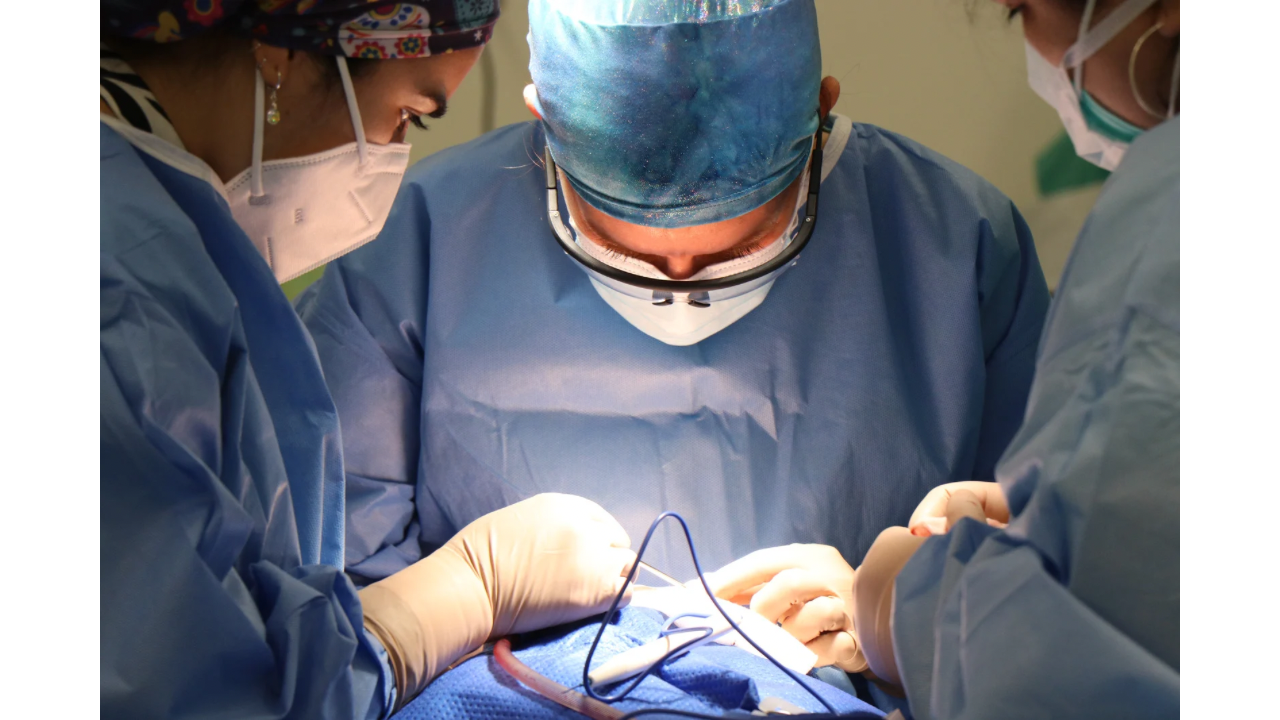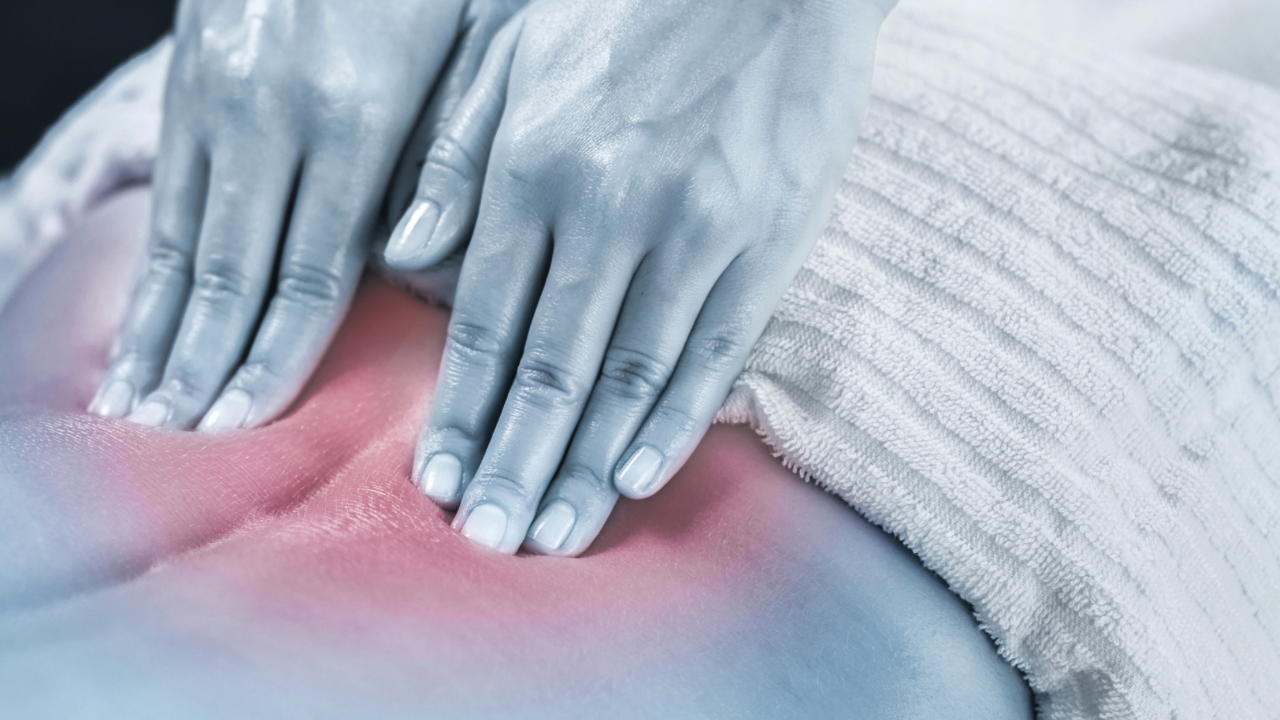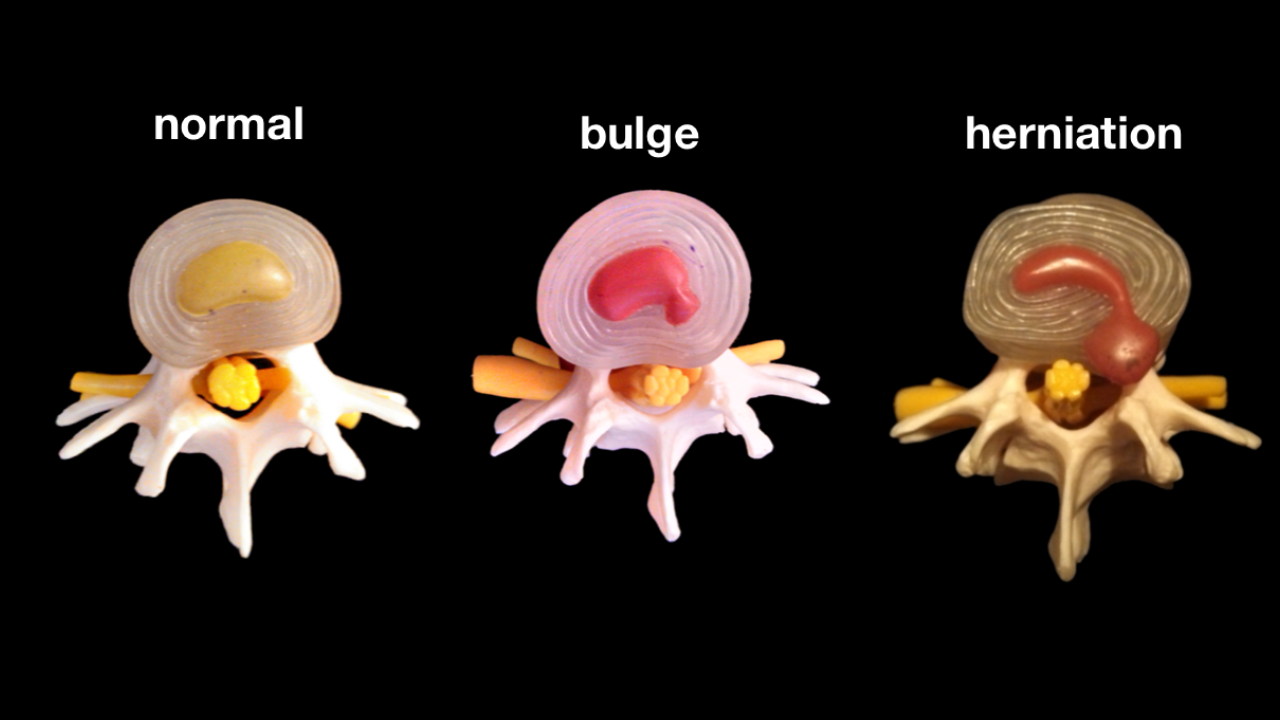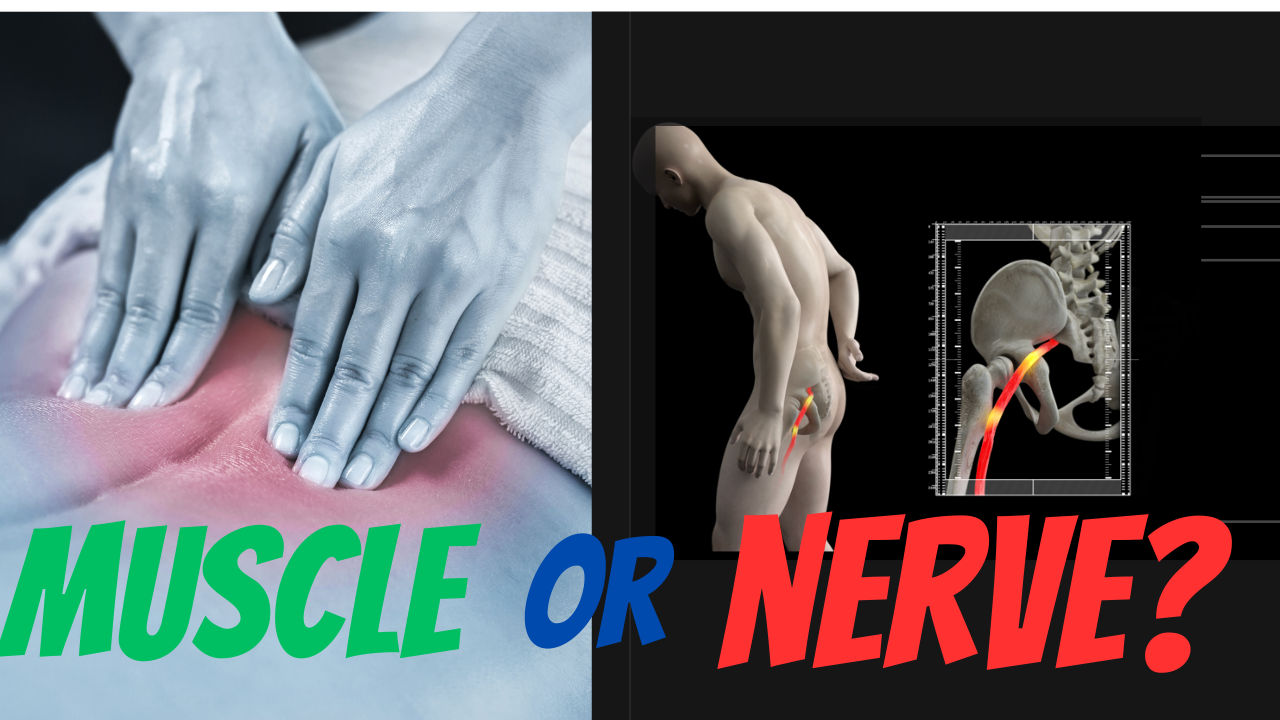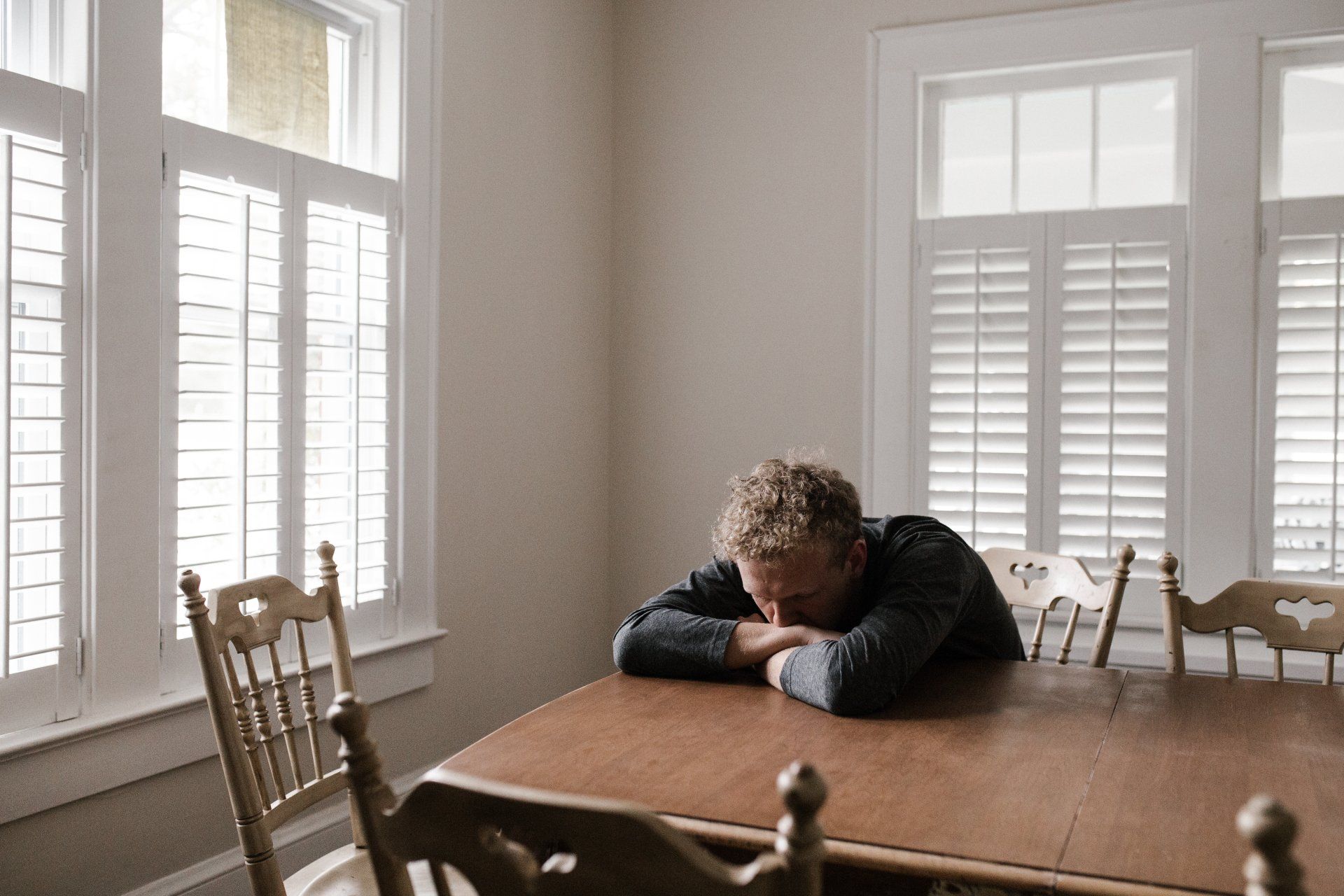Bulging and Herniated Disc
On this video Dr. Stephen Graham discusses the difference between a bulging and herniated disc.
Dr. Graham reports that the disc is the material that sits in between the spinal vertebrae to give the spine both bending and shock absorbing qualities. The disc is made up of a hard cover and a jelly material in the inside. Dr. Graham says to get a mental picture of this to think of a jelly donut.
As long as this jelly like material stays in the middle of the disc the chances of having a healthy disc for along time is very good. Dr. Graham reports that when spinal bones become mis-aligned or jammed up the nutrition to the disc may slow down causing the outer disc material to dry up and crack. When this occurs the jelly like material, because it is under so much pressure, will start to find its way through the cracks.
The difference between a bulging and herniated disc, Dr. Graham states, depends if the jelly material stays inside (Bulging or contained ) or outside the disc(Herniated or uncontained or the jelly came outside of the donut).
Bulging discs are the precursor to a herniated disc, in other words, most people don’t go from normal to herniated all at one time. Bulging discs are confirmed with an MRI and usually measured in millimeters. A small bulge may be considered 1-3 millimeters, whereas anything over 4 millimeters is considered moderate. A bulge of 7 millimeters +, is considered severe.
When the jelly starts displacing backwards, it causes the outer covering to bulge out and it may put pressure on the nerve roots at that level. If the bulge is at L4-L5 or L5-S1, it may cause pressure on the sciatic nerve. When this occurs the patient may experience pain not only in their back, but also down their leg.
Herniated discs are when the jelly has broken through the covering and often times these require surgery.
Dr. Graham says that his office deals mostly with bulging discs. He reports that typical symptoms of a bulging disc include: back pain, gluteal pain, leg pain, foot pain, numbness, tingling, weakness. Dr. Graham points out that typically sitting will cause more pain than standing. Sneezing and coughing also may cause a sharp increase in pain when there is a bulging or herniated disc. These type of patients, according to Dr. Graham, may tell him that they get more comfort when they bend their knees lying down.
Lastly, Dr. Graham talks about treatment. He says that many times if the jelly has come outside the disc, or herniated, that they may go to surgery depending on how severe the symptoms are. Whereas, bulging discs may not. Dr. Graham treats these types of problems with his computerized adjusting instrument. This high tech instrument decompresses the spinal bones to create a negative pressure to help take pressure off the nerve that is causing the back and leg pain, usually the sciatic nerve.
More Graham Chiropractic Blogs
